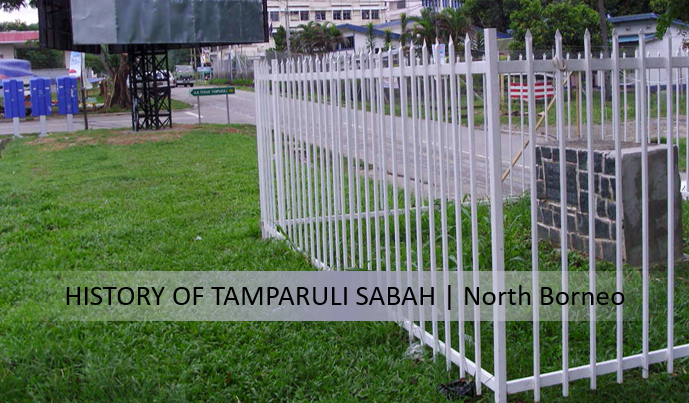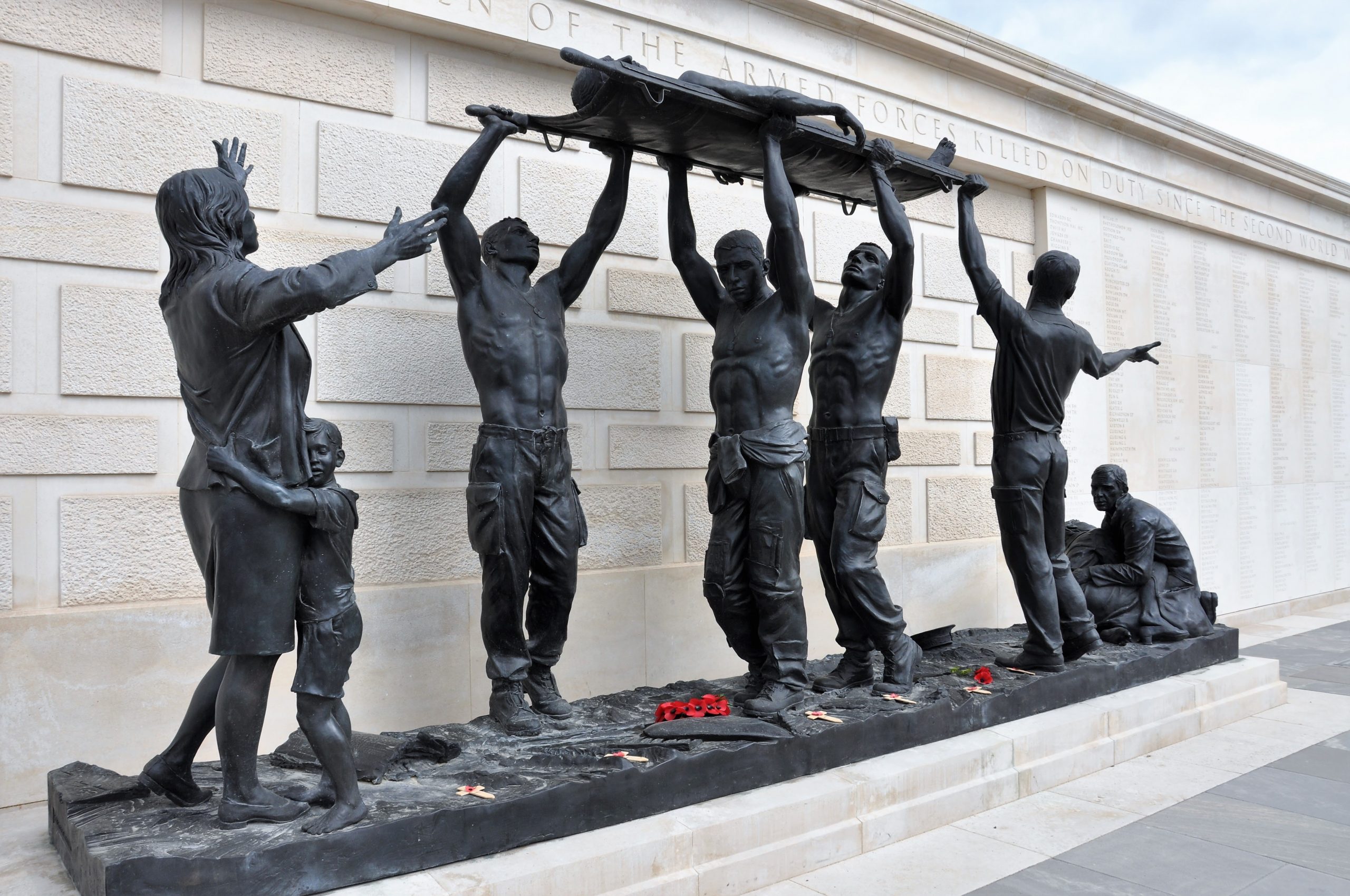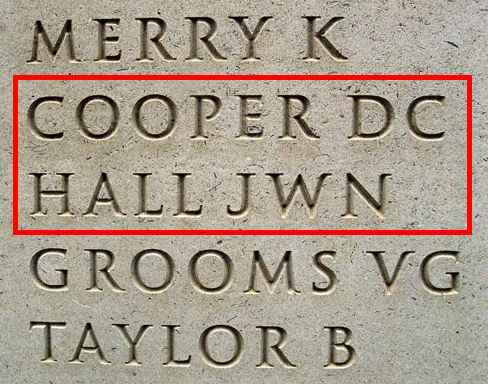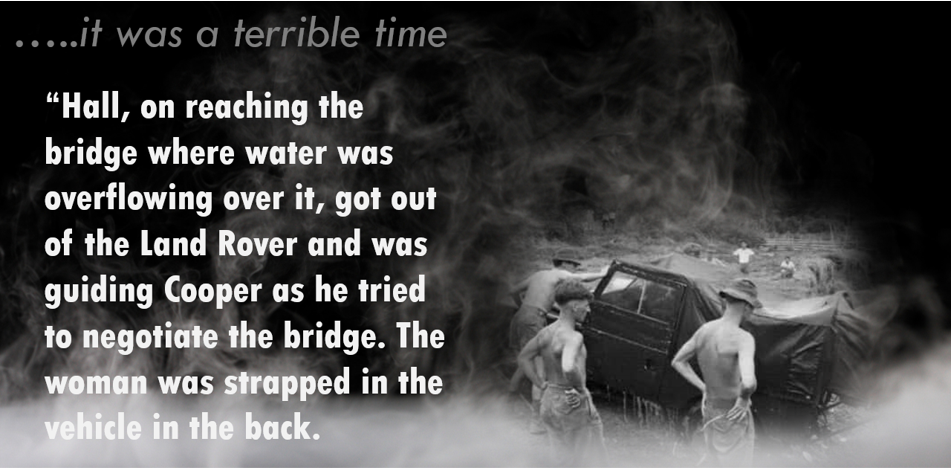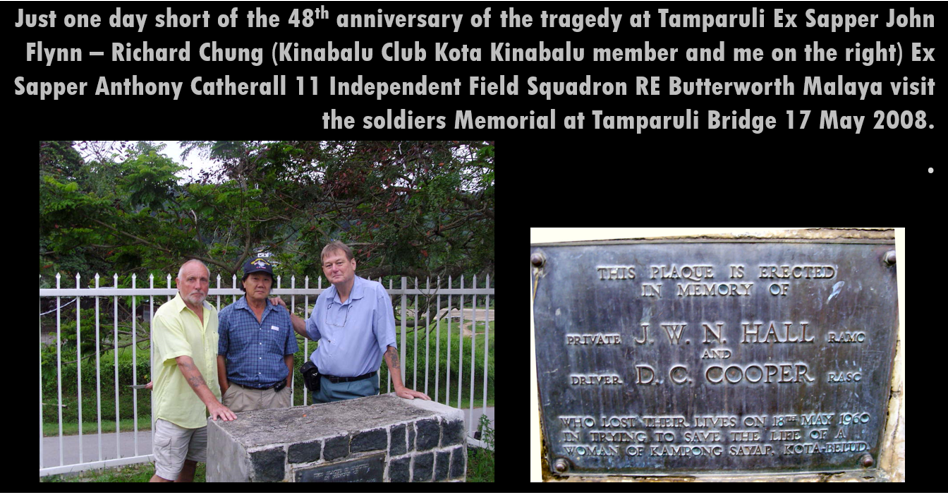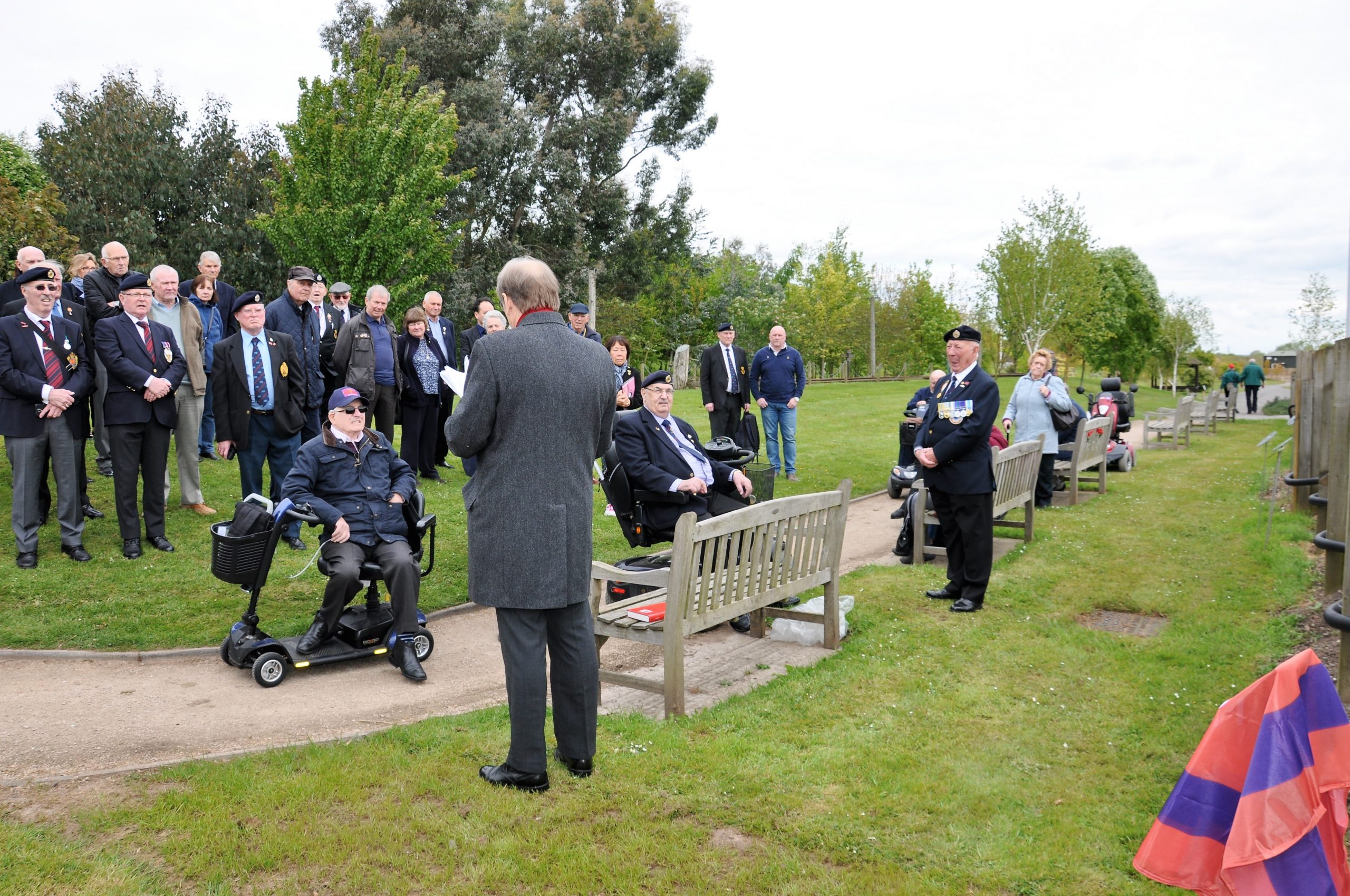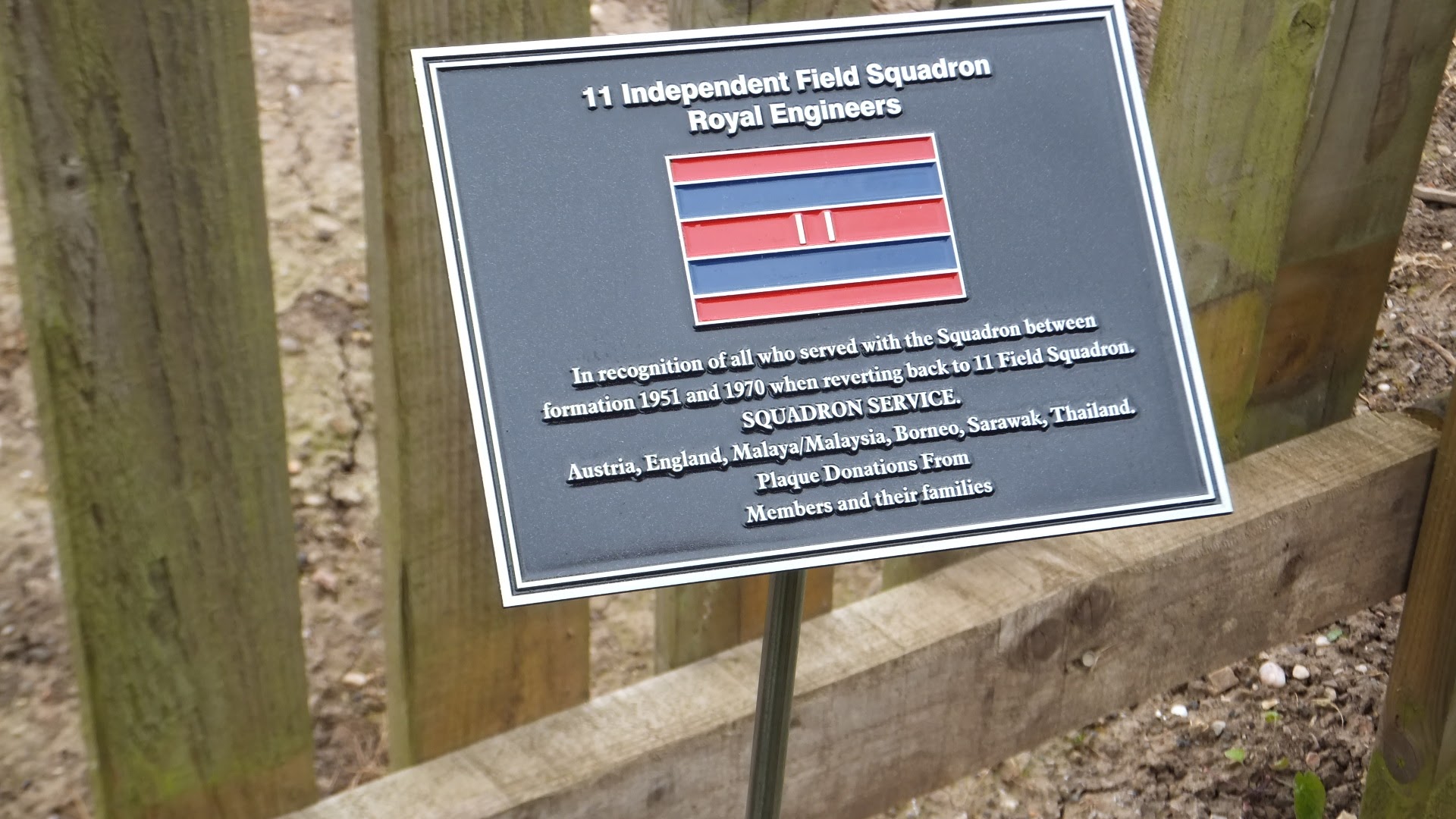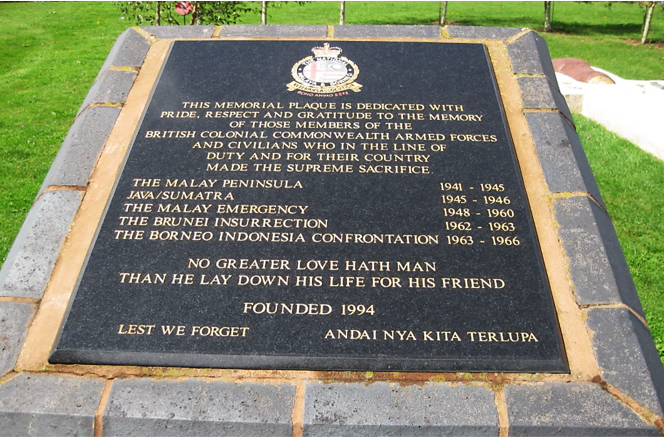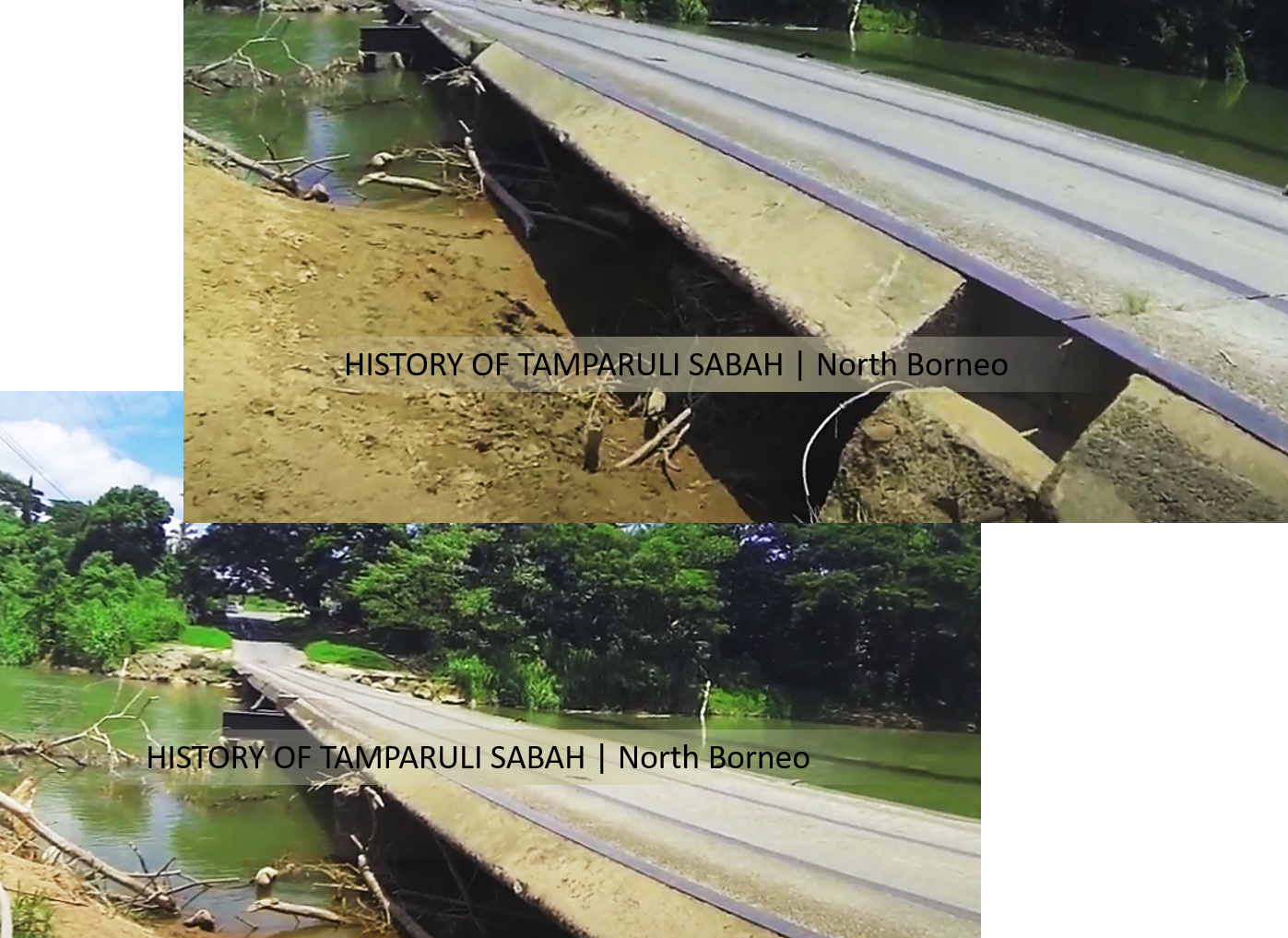Biggest Military Exercise at Kota Belud
Bismillah. In January the first contingent or British Army troops, 2nd battalion of the 7th Duke of Edinburgh’s Own Gurkha rifles arrived for training in the Kota Belud Training Area. This open country in the west Coast Residency provides a training area without parallel for Forces stationed in Far East and indeed, the only area in the region in which training in open warfare can be undertaken. More training exercises place later in the year. In one of these a section of the North Borneo Police Mobile Force joined in training with the Army.

In another, in October military force combined with naval personnel in a joint Army/Navy exercise. The Aircraft carrier H.M.S. Bulwark transported troops of the 2/2 Gurkha Rifles from Singapore to the coast off Kota Belud whence they were landed by helicopter and beach landing craft to undertake a series of exercise in the training area before re-embarkation. An Invitation by the Captain of H.M.S. “Bulwark” to two of the leading Native Chiefs to visit the aircraft carrier by helicopter and various social activities by the Gurkha created a very friendly atmosphere.

Throughout the year work on the establishment or the Camp area proceeded. There have inevitably been teething troubles arising from the land requirement of the Army but except for one period of short duration. relations between the local people and the troops posted to the area have been generally good. In this respect two striking examples of goodwill on the part of soldiers in the area deserved to be mentioned. The first was the spontaneous effort of a small group of Australians from No. 11 Independent Field Squadron. Royal Engineers. Who organised a collection of £A400 between them on behalf of a local twelve year old blind boy in Kota Belud. Although the treatment which the boy was able to receive could not restore his sight, the balance of the funds was invested in land and buffaloes to be of the permanent benefit to him.
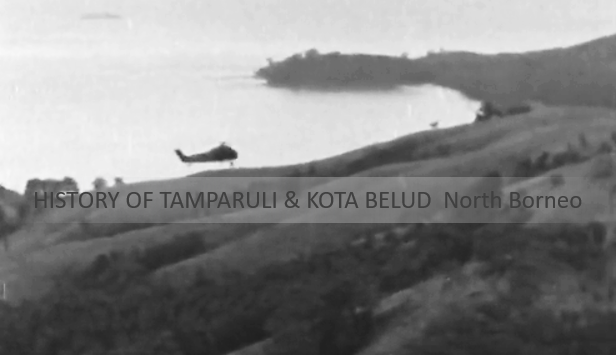
NOTES: 1959, 61 at coast west Kota Belud (Usukan Bay) and Kudat
24 SHIPS OF SEATO NATIONS CONVEYING 3,000 TROOPS. UNITED STATES MARINES AND BRITISH SHERWOOD FORESTERS COMING TOGETHER IN A SEATO EXERCISE FOR THE FIRST TIME.
According to Britishpathe “Pony Express”, began May 1 when a squadron of helicopters took off from the British Royal Navy aircraft carrier HMS ‘Bulwark’ and landed Royal Marines of the 42nd Commando on the beach at Kota Belud, North Borneo. Operating a shuttle service between beach and carrier, the helicopters landed 500 British and Australian troops. These were quickly joined by U.S. Marines brought in by helicopters from the US carrier ‘Thetis Bay’. After the beaches had been ‘secured’, more troops and supplies were ferried ashore efficiently by landing craft. Nearly 20,000 naval personnel, 6,000 assault troops, 81 ships, fighters and bombers from Australia, New Zealand, the Philippines, Thailand, the United Kingdom, and the USA, are taking part in “Pony Express”, which was designed to illustrate how quickly member nations would come to the aid of the ally.
Credits:
British Pathe and North Borneo annual report.

